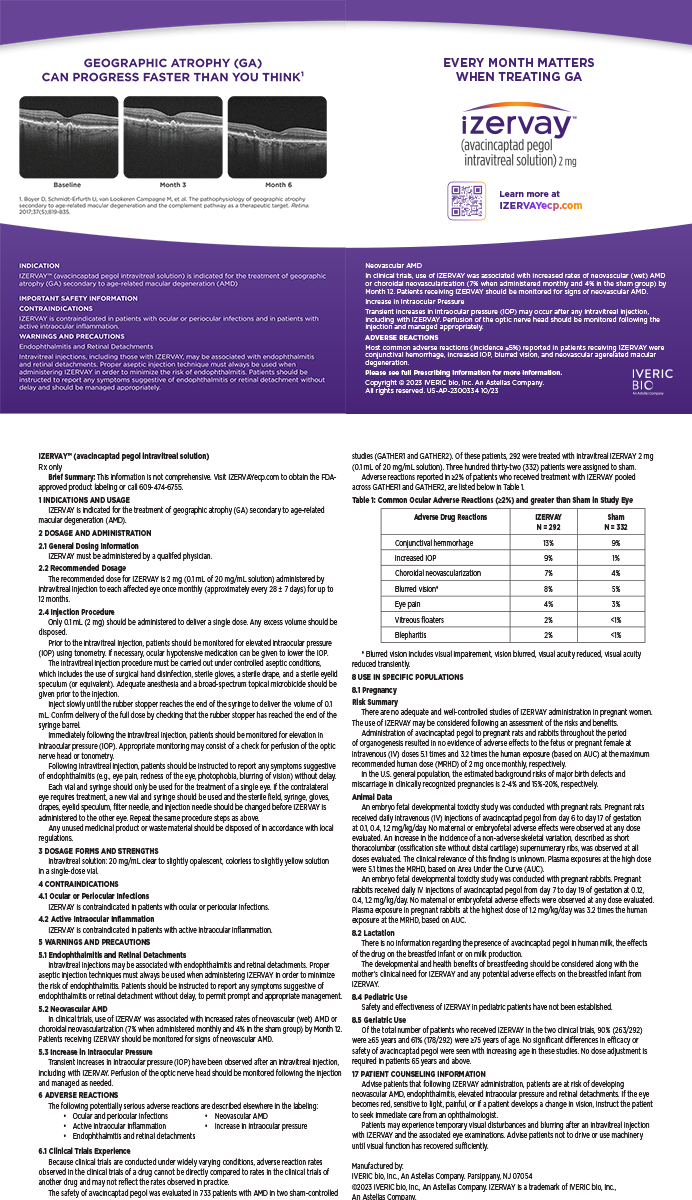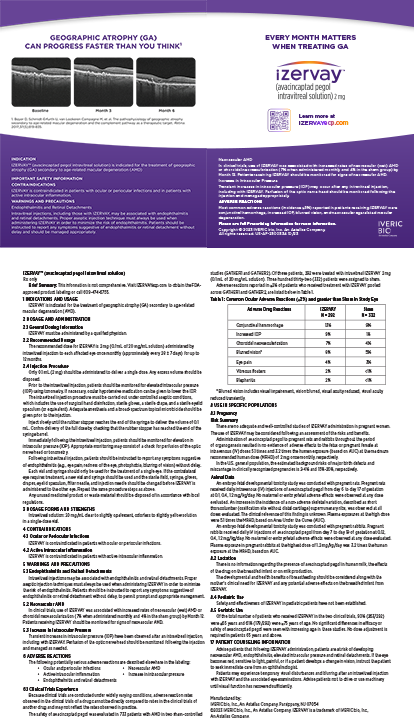I grew up in a household where father knew best. Quite possibly a byproduct of the times—the mid to late 1980s, when only 29% of married women worked full-time and contributed an average of 18.6% to the total family income1—my dad saw himself not only as the breadwinner but also as the king of his castle. My mother, a stay-at-home mom, deferred to his positions and his wishes, and therefore so did my sister, my brother, and I.
But times were changing. The pace at which women were entering the workforce—from 15% in 1890 to 71% in 1985—was intensifying, tripling between 1950 and 1985 alone. By then, more than half of mothers with children in kindergarten classified themselves as “participants in the work force,” and their share of management jobs grew from 20% in 1972 to 36% in 1985.1
As I entered high school in the ‘90s, my mom reentered the workforce, taking a position at our church as the pastor’s administrative assistant. Although she continued to follow behind my dad in terms of governing our family, I started to chip away at his kingly exterior. (But that, too, was probably a byproduct—one of my teenage years.) Although I kept away from much if any serious trouble, I did begin to learn that it was okay to have my own thoughts, beliefs, and wishes, and I wasn’t afraid to confront my dad when we didn’t see eye to eye.
Over the years, my dad and I had different viewpoints on many topics, and we still do today. But I will never forget the conversation in which I think he finally looked at me as an adult rather than simply his child. A little more than 10 years ago, after my now husband and I decided to move in together, I went to my parents’ house for the night to tell them the news, knowing well that my dad would not approve. He shook his head in disappointment, and, after he shared his point of view, he conceded: “We will have to agree to disagree.” He told me that he loved me and respected me and the decisions that I made, and he said that just because we disagree it does not mean we have to let it ruin our relationship or our love for each other.
I left my parent’s house—still very much my dad’s castle—the next day feeling jubilant. It felt good to stand up for something that I knew was right for me, even though it might not have been right for my dad. It also felt good knowing that he could still respect me for a decision that he didn’t agree with.
Over the years, I have used the phrase agree to disagree many times, and I think it fits well with the theme of this month’s cover focus on laser cataract surgery. On the following pages, you will read examples of responsible business models for laser cataract surgery, how to explain the procedure to patients, strategies for comanagement with optometrists, and arguments for and against the use of laser cataract surgery.
First applied to cataract surgery by Zoltan Z. Nagy, MD, in 2008,2 that same year I had that conversation with my dad, the femtosecond laser was met with a mixture of acceptance and criticism. Ten years later, it seems the same holds true; however, opinions have diversified, and not all surgeons are purely in one camp or the other. Some use the femtosecond laser in selected cases, and others have tried the technology and abandoned it. Hopefully this expansion of opinions is another sign that agreeing to disagree is the healthiest way to stand true to your own beliefs.
LAURA STRAUB
EDITOR-IN-CHIEF
1. Guilder G. Women in the workforce. The Atlantic. September 1986. https://www.theatlantic.com/magazine/archive/1986/09/women-in-the-work-force/304924/. Accessed January 29, 2018.
2. Nagy ZZ, Takacs A, Filkorn T, Sarayba M. Initial clinical evaluation of an intraocular femtosecond laser in cataract surgery. J Refract Surg. 2009;25:1053-1060.


